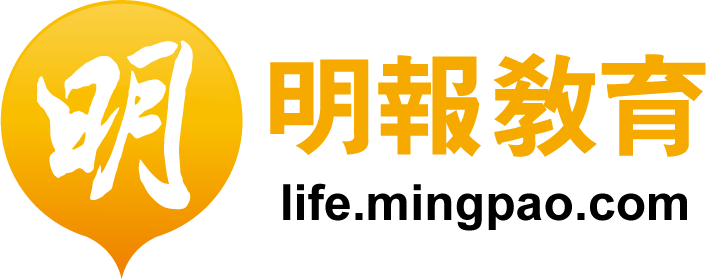Some websites claim that they have public domain pictures that anyone is free to use. (about public domain: link.mingpao.com/54046.htm) However should one really trust them? Some such websites allow random people to upload pictures. One cannot trust these photos to really be in the public domain. If someone uses those legally unreliable pictures, they risk getting sued for infringing copyright. We need to use legally reliable websites to get photos and other resources.
On one such website of dubious reliability, I once found a supposedly public domain picture of an* historical site that I wanted to use. It was the house of Dr Norman Bethune. I checked with the museum that created the picture and found out that the picture was not actually in the public domain. They were rather annoyed with the website. If I had copied and published that picture, my employer and I could have been sued (unlikely, but possible). Instead I politely asked the museum for help and someone went out and took a picture for me. They emailed me and wrote that this picture was in the public domain allowing me, the website of dubious reliability and anyone else, to use it.
To make things easier for you, I have created a chart of trustworthy websites that provide good public domain resources. Almost all of the material they provide is in the public domain. Some resources are under copyright or public licence, but these organisations are very good at specifying these exceptions. [A chart of websites of good reputation & public domain resources]
On the websites of reliable organisations there are usually clear copyright declarations and they may include permission for people to use the pictures. What do you do if there is a picture, story, video or other material that you want to use, without such a declaration? You can contact the website owners and ask permission. Very often people will be happy to give you permission. To avoid trouble, use these websites to find resources. You are not free to use anything seen on the internet.
* The an/a historical issue is an interesting one. The 'h' used to be silent and of course used 'an'. Today the 'h' is usually pronounced, except in parts of the UK. However the 'an' is often still used. This point was raised in: Is rosemary a herb or an herb?
Disclaimer: I am not a lawyer and this article is not formal legal advice. It is based on my reading of the HK Copyright Ordinance and Dr. Alice Lee's Intellectual Property in Hong Kong. No guarantee whatsoever is made that the text is legally accurate. Laws can be changed and may have been modified or overturned after this article was written.
Reference
Intellectual Property Department: www.ipd.gov.hk
Chapter 528 Copyright Ordinance: www.legislation.gov.hk
Intellectual Property in Hong Kong: www.lexisnexis.com.hk
Butterworth's Hong Kong Copyright Law Handbook: www.lexisnexis.com.hk
CENDI Copyright Task Group: www.cendi.gov/publications/04-8copyright.html
Related articles:
John Larrysson's Column: 2016 Public Domain
John Larrysson's Column:Public Domain in 2015
John Larrysson's Column: 2014 Public Domain
by John Larrysson [email protected]
A native English speaker who has been teaching practical English in Hong Kong for over two decades.
***********************
NOTE: Starting in 2016, this column has been published once every two weeks, on every other Tuesday.
General Enquiry: We welcome enquiries and feedback. Please contact us through [email protected]





